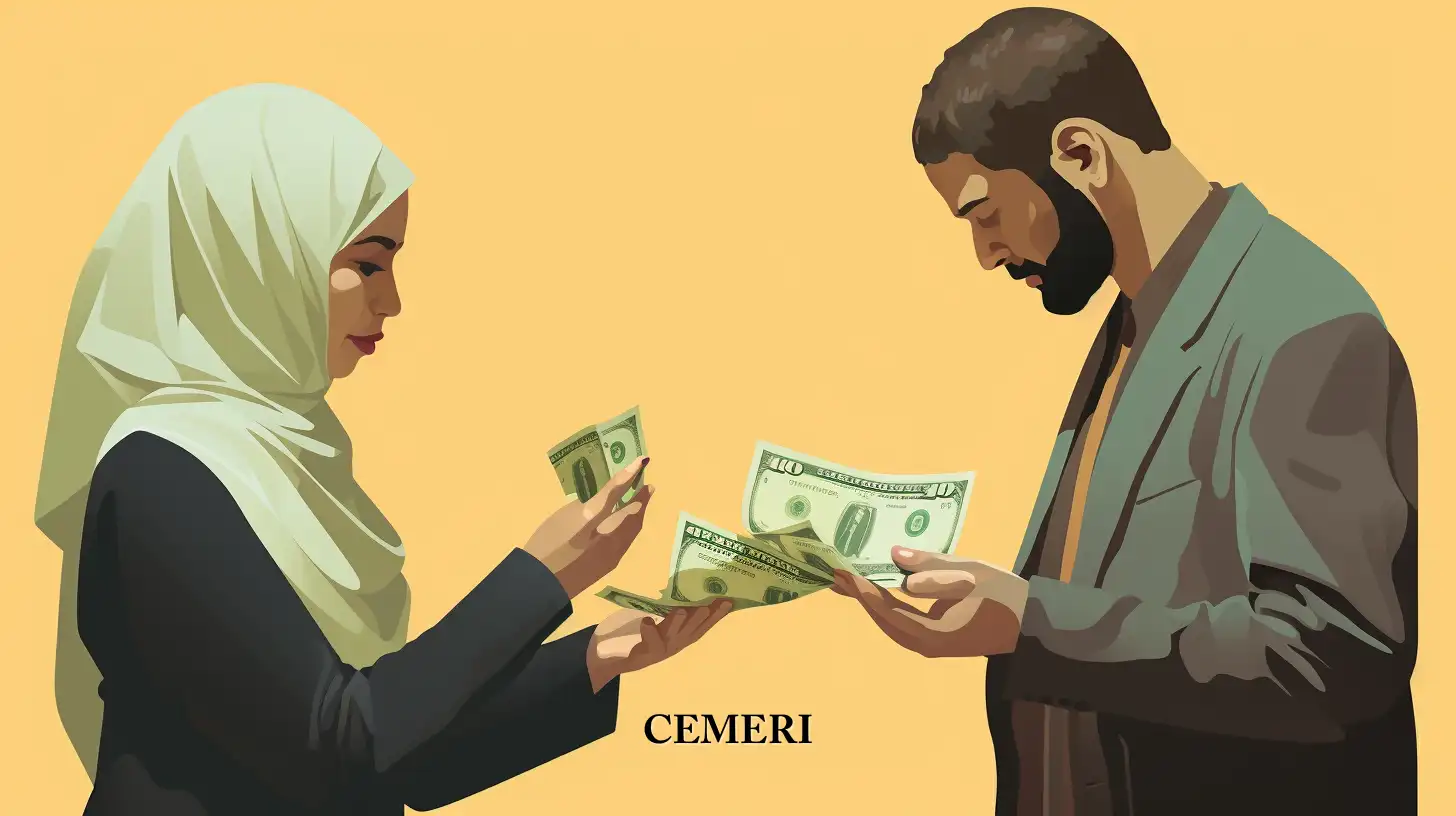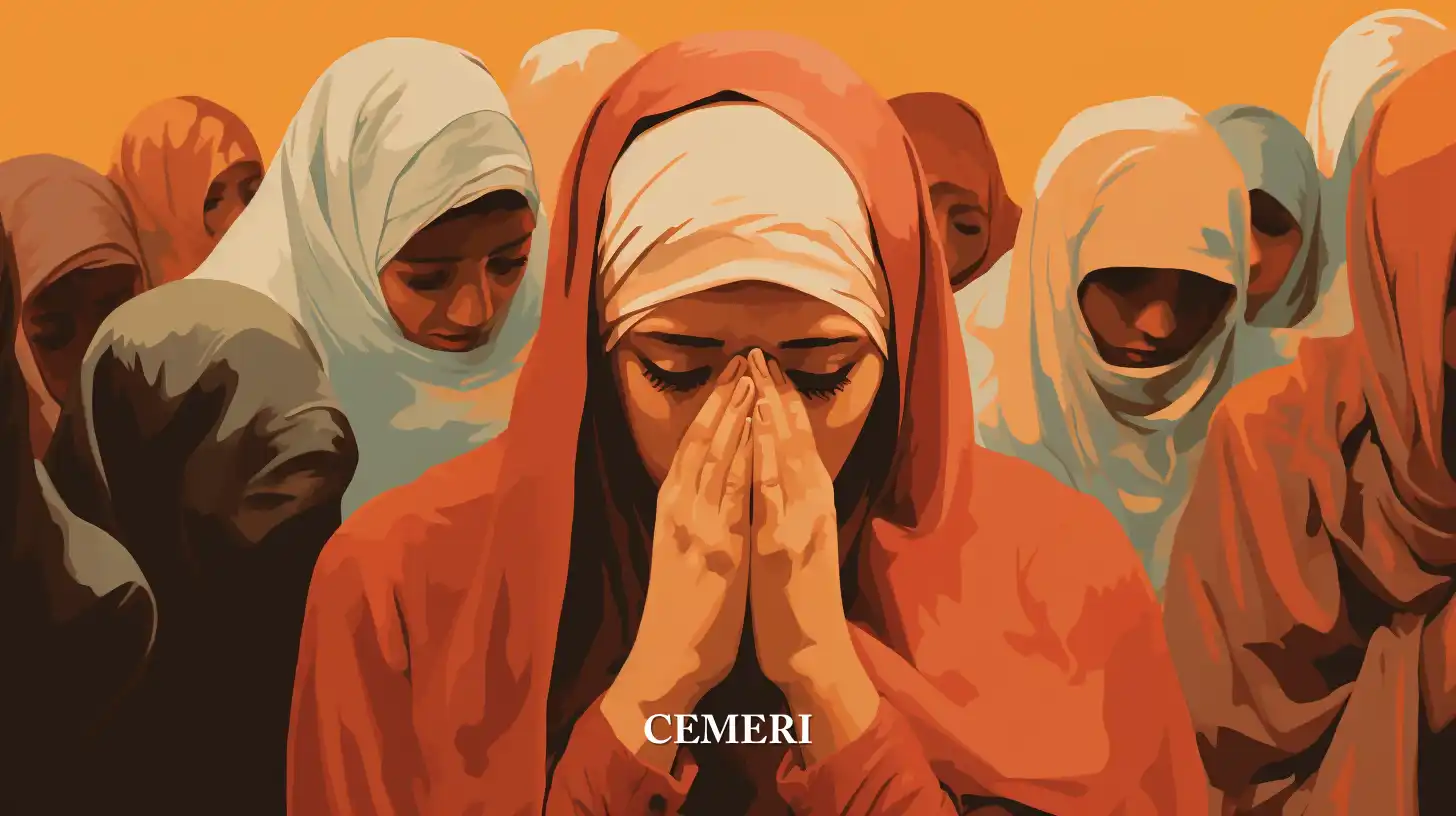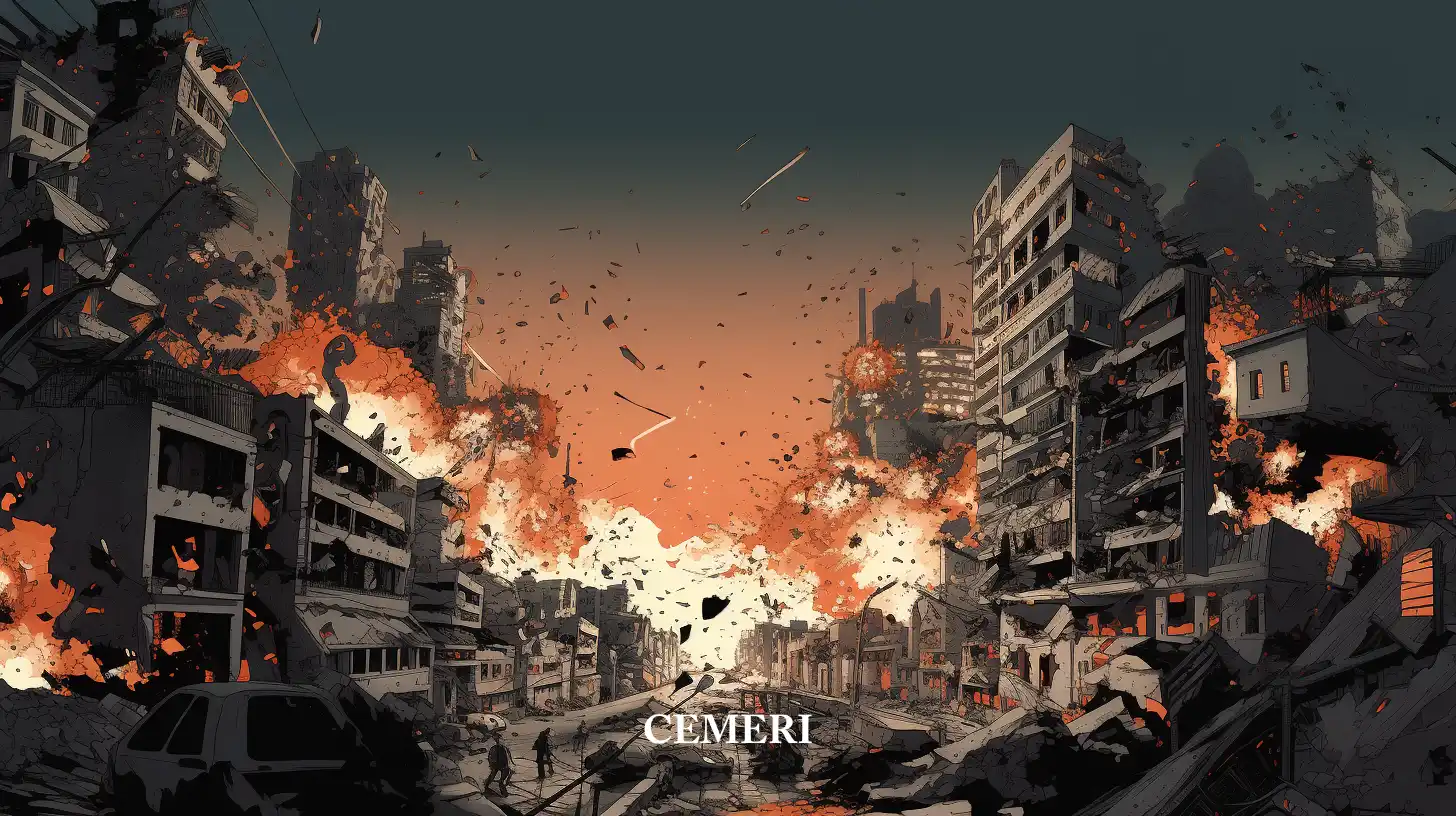Encyclopedia
Andrea Garfia
What is Hawala?
- Every year, millions of dollars move around the world through an anonymous exchange system created centuries ago.

It is an informal payment network that moves millions of dollars a year beyond the reach of Governments and International Organizations. It was created by Muslims centuries ago, based on the reputation and trust between clients and intermediaries, it is key for sending remittances and in countries in crisis, but the anonymity it offers is also used by terrorist groups and organized crime, especially after the attack of September 11, 2001, in New York.
There are those who associate the origins of the hawala with India in the framework of the Silk Road from the 8th century AD. The Silk Road was a network of trade routes that connected the Far East and Southeast Asia with Africa and Europe. Robbery and looting were common, so Indian, Arab and Muslim traders devised different ways to protect their profits. The merchants used a password, which could be an object, a word or a gesture and which was complemented by another equal, similar or complementary password by the receiver.
In this way, they made sure that the money or goods they wanted to exchange fell into the right hands. This system is so old that, to put it in context, it far predates the Bank of Hindustan, the first bank established in Calcutta, India, in the late 18th century.
Although, it is believed that this system arose to reduce the insecurity of long-distance money movements through the trust provided by close relationships and cultural ties. Now, in a globalized world with rising labor migration and active armed conflicts, this network still satisfies the demand that led to its creation.
One of the main functions of this method is the sending of international remittances. Instability and lack of opportunities force many people to emigrate to developed countries to guarantee the well-being of their families. From abroad, many transfer money through the hawala either out of necessity or because they do not know the local language, at least until they regularize their situation or can take their family with them. The difference between the hawala and the formal systems for sending remittances is that the hawala does not operate with the financial system, so these are not registered in the foreign currency income to the national market nor are they subject to fiscal regulation. Hawala users will not be able to consult official commissions or file complaints, but the family-owned and reputational nature of the business make such problems unlikely.
The word hawala itself means "to change" or "to transform." And as mentioned above, it is considered an informal exchange network that emerged in the eighth century in Muslim communities in South Asia as a system to settle accounts between family and friends, in which loans could be repaid in the medium or long term. term in cash or through favors, more similar to barter than to formal banking.
This reliable, fast, and cheap practice spread along national trade routes and along the Silk Road to protect travelers from theft, weathering wars, political upheavals, and financial crises. Today, hawala transfers funds around the world and many use it to feed their families from abroad. Its informality, however, has brought with it negative effects. It has served to finance organized crime and has become a real challenge for the governments that have tried to regulate it.
With this system, you don't need banks, currency exchanges, forms, or paying high commissions. Only one sender, one receiver and at least two intermediaries. That is how hawala works, a currency exchange system with centuries of history that originated long before traditional banking and that has survived all this time thanks to its apparent simplicity and the multiple benefits for those who use it.
Millions of dollars have been moved around the world with this method, without knowing the exact amounts or who handles them, since one of its keys is that its intermediaries rarely leave a record of the transactions or their users. This represents an obstacle when it comes to tracing the origin and destination of the money, since it lends itself to possible money laundering operations, drug trafficking and financing of terrorist groups.
Its use is widespread in the Persian Gulf, the Horn of Africa, South Asia and the Eastern world in general. It is defined as a traditional and informal method that works in parallel to any other banking or value transfer system and is based on the values and trust shared by its intermediaries, known as halawadars.
It is an informal payment network that moves millions of dollars a year beyond the reach of Governments and International Organizations. It was created by Muslims centuries ago, based on the reputation and trust between clients and intermediaries, it is key for sending remittances and in countries in crisis, but the anonymity it offers is also used by terrorist groups and organized crime, especially after the attack of September 11, 2001, in New York.
There are those who associate the origins of the hawala with India in the framework of the Silk Road from the 8th century AD. The Silk Road was a network of trade routes that connected the Far East and Southeast Asia with Africa and Europe. Robbery and looting were common, so Indian, Arab and Muslim traders devised different ways to protect their profits. The merchants used a password, which could be an object, a word or a gesture and which was complemented by another equal, similar or complementary password by the receiver.
In this way, they made sure that the money or goods they wanted to exchange fell into the right hands. This system is so old that, to put it in context, it far predates the Bank of Hindustan, the first bank established in Calcutta, India, in the late 18th century.
Although, it is believed that this system arose to reduce the insecurity of long-distance money movements through the trust provided by close relationships and cultural ties. Now, in a globalized world with rising labor migration and active armed conflicts, this network still satisfies the demand that led to its creation.
One of the main functions of this method is the sending of international remittances. Instability and lack of opportunities force many people to emigrate to developed countries to guarantee the well-being of their families. From abroad, many transfer money through the hawala either out of necessity or because they do not know the local language, at least until they regularize their situation or can take their family with them. The difference between the hawala and the formal systems for sending remittances is that the hawala does not operate with the financial system, so these are not registered in the foreign currency income to the national market nor are they subject to fiscal regulation. Hawala users will not be able to consult official commissions or file complaints, but the family-owned and reputational nature of the business make such problems unlikely.
The word hawala itself means "to change" or "to transform." And as mentioned above, it is considered an informal exchange network that emerged in the eighth century in Muslim communities in South Asia as a system to settle accounts between family and friends, in which loans could be repaid in the medium or long term. term in cash or through favors, more similar to barter than to formal banking.
This reliable, fast, and cheap practice spread along national trade routes and along the Silk Road to protect travelers from theft, weathering wars, political upheavals, and financial crises. Today, hawala transfers funds around the world and many use it to feed their families from abroad. Its informality, however, has brought with it negative effects. It has served to finance organized crime and has become a real challenge for the governments that have tried to regulate it.
With this system, you don't need banks, currency exchanges, forms, or paying high commissions. Only one sender, one receiver and at least two intermediaries. That is how hawala works, a currency exchange system with centuries of history that originated long before traditional banking and that has survived all this time thanks to its apparent simplicity and the multiple benefits for those who use it.
Millions of dollars have been moved around the world with this method, without knowing the exact amounts or who handles them, since one of its keys is that its intermediaries rarely leave a record of the transactions or their users. This represents an obstacle when it comes to tracing the origin and destination of the money, since it lends itself to possible money laundering operations, drug trafficking and financing of terrorist groups.
Its use is widespread in the Persian Gulf, the Horn of Africa, South Asia and the Eastern world in general. It is defined as a traditional and informal method that works in parallel to any other banking or value transfer system and is based on the values and trust shared by its intermediaries, known as halawadars.
Sources
Arechalde, Begoña. (2021). La Hawala, el milenario sistema financiero que mueve millones de dólares en la sombra. Disponible en: https://elordenmundial.com/la-hawala-el-milenario-sistema-financiero-que-mueve-millones-de-dolares-en-la-sombra/. Fecha de consulta: 09 mayo 2022.
González, Daniel. (2021). Cómo funciona la hawala, el sistema financiero informal con siglos de historia que mueve millones de dólares en el mundo. Disponible en: https://www.bbc.com/mundo/noticias-58735962#:~:text=El%20concepto%20de%20la%20hawala,legal%22%2C%20explica%20Priego%20Moreno. Fecha de consulta: 09 mayo 2022.

